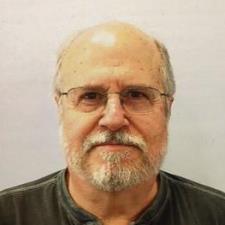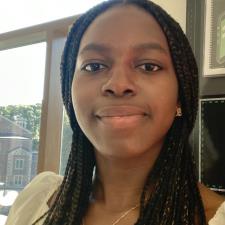Jon P. answered • 08/23/15
Tutor
5.0
(173)
Harvard honors math degree, experienced tutor in math and SAT prep
First figure out the elements in U, A, B, and C. Everything will follow once you have these lists.
U = 11, 12, 13, 14, 15, 16, 17, 18, 19, 20
A = the set of all the elements of U that are divisible by 2 = {12, 14, 16, 18, 20}
B = {11, 12, 13, 14, 15}
C = the set of all the elements of U that are odd = {11, 13, 15, 17, 19}
So first let's do i:
[(B intersect A) \ C] x (A union B)'
(B intersect A) is the set of all numbers that are in both B and A = {12, 14}
(B intersect A) \ C is the set of numbers in {12, 14} that are NOT in C. Neither 12 nor 14 is in C, so this again gives us {12, 14}
(A union B) is the set of all numbers in either A or B = {11, 12, 13, 14, 15, 16, 18, 20}
QUESTION: Is the ' symbol after "(A union B)" intentional or is it a typo? It it intended to mean the complement of (A union B)? If so, then (A union B)' is the set of all numbers in U that are NOT in (A union B), which is {17, 19}.
Finally (B intersect A) \ C x (A union B) is the set of ordered pairs where the first number in the pair is in {12, 14} and the second number is in {11, 12, 13, 14, 15, 16, 18, 20} -- or {17, 19} depending on the answer to my question about the ' . Whichever the case, just form the list of ordered pairs as I described and put them together as a set.
ii. (B intersect C) is the set of all elements in both B and C. That's {11, 13, 15}
(B intersect C) \ A) is the set of all elements in both B and C that are NOT in A. Since none of the elements in {11, 13, 15} are even, we still have {11, 13, 15}.
Finally P((B intersect C) \ A) means the power set of {11, 13, 15}. That's the set of all subsets of {11, 13, 15}. The subsets of {11, 13, 15} are {}, {11}, {13}, {15}, {11, 13}, {11, 15}, {13, 15}, {11, 13, 15}. So the final answer should be written as:
{ {}, {11}, {13}, {15}, {11, 13}, {11, 15}, {13, 15}, {11, 13, 15} }





